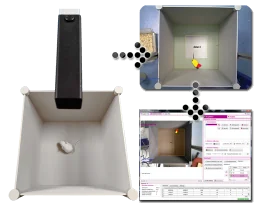
A unique setup for the automation of the Open Field test for rats and mice : 3D-camera based...

A unique setup for the automation of the Open Field test for rats and mice : 3D-camera based...
Discover our products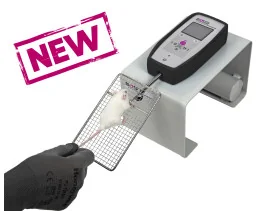
An easy way to objectively quantify the muscular strength of mice and rats, and to assess the...
Discover our products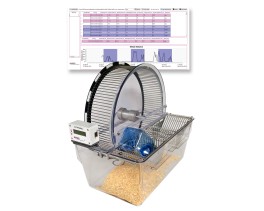
The BIOSEB Spontaneous Activity Wheel offers an effective solution for quantifying rodent...
Discover our products
The uncomplicated way to monitor rodent activity over several days from their home cage...
Discover our products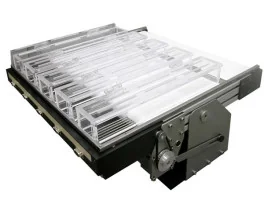
These small animal treadmills are used for forced exercise training and accurate testing of...
Discover our products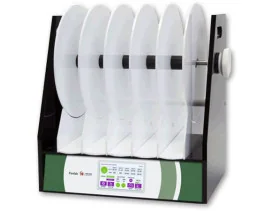
Rotarod provides an easy way to test the motor activity in rodents (mouse or rat) - an ideal...
Discover our products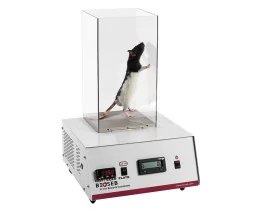
For testing animal's thermal sensitivity to pain resulting from exposure to heat or cold: the...
Discover our products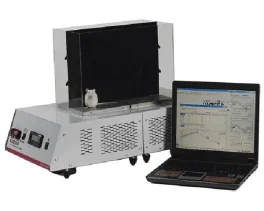
An operator independent test to study pain thresholds in rodents (mouse and rat) by assessing...
Discover our products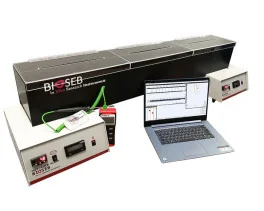
New and improved! The operator-independent Thermal Gradient Test used to show favorite...
Discover our products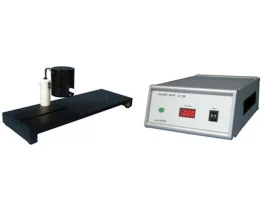
Particularly sensitive for studying the analgesic properties of pharmacological substances
Discover our products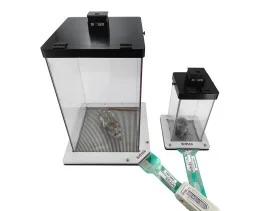
The advanced version of our Dynamic Weight Bearing Test for rodents (rats and mice) allows for...
Discover our products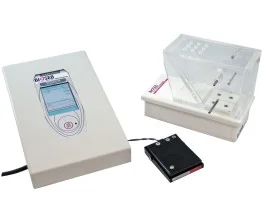
An easy and non pain-inducing solution for assessing the level of discomfort (incapacitance) in...
Discover our products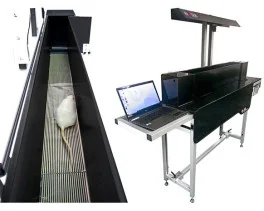
A unique device that provides automated measurement of weight bearing and force distribution...
Discover our products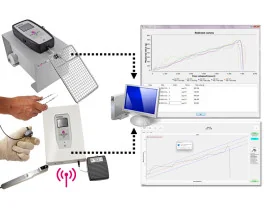
A NEW software for increasing the repeatability of nociceptive tests: by recording the reflex...
Discover our products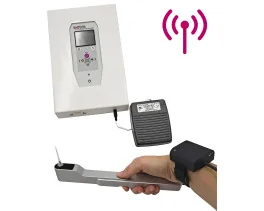
A quick solution to determine the mechanical sensitivity threshold in rodents (mice and rats)....
Discover our products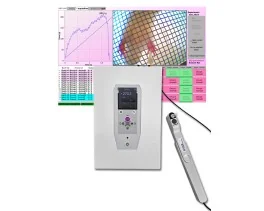
As an electronic version of the classical Von Frey Filaments esthesiometer (or aesthesiometer),...
Discover our products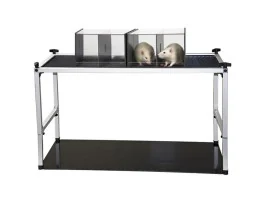
New ROBUST and modular cages to gently hold rodents (rats or mice) during nociceptive and...
Discover our products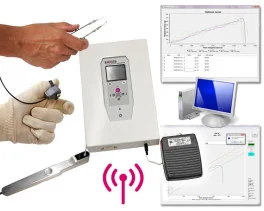
An economical and versatile solution for when flexible quantitative sensory testing (QST) is...
Discover our products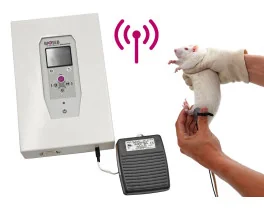
Dedicated to small animals, like mice and rats, Smalgo is a pressure-based analgesimeter...
Discover our products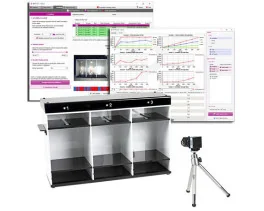
Bioseb's version 5 of the Tail Suspension Test system, based on both strain sensors and video...
Discover our products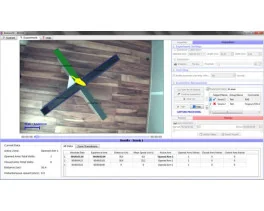
NEW ! A complete (hardware + software), dedicated and automated solution for the Elevated Plus...
Discover our products
A unique setup for the automation of the Open Field test for rats and mice : 3D-camera based...
Discover our products
Open-field test - ARENA ONLY - used to evaluate of animal's basal activity and its evolution for...
Discover our products
The new Forced Swimming Test system from Bioseb uses a dual approach: Combining a double input...
Discover our products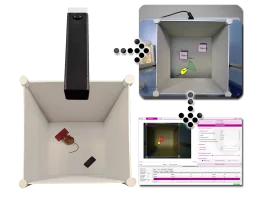
A brand new innovative setup for the automation of the Novel Object Recognition Test : 3D-camera...
Discover our products
Open-field test - ARENA ONLY - used to evaluate of animal's basal activity and its evolution for...
Discover our products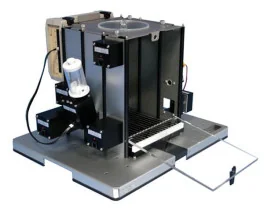
An entirely modular experimental enclosure designed to conduct operant conditioning procedures...
Discover our products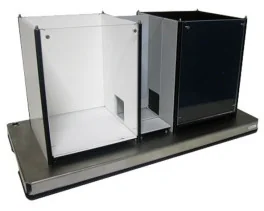
A standard experimental chamber for automated or manual assessment of conditioned place...
Discover our products
Real-Time Physiological Monitoring for Small Animals – Wireless & Non-Invasive The Bioseb...
Discover our products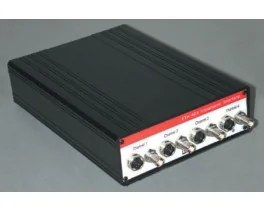
The ETH-401 is a bridge amplifier for various transducers that provides four channels of...
Discover our products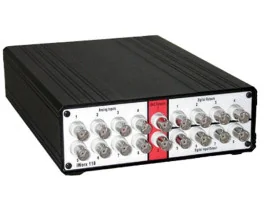
The IX-118 is a fast 100 Khz, high-resolution data acquisition system suitable for most data...
Discover our products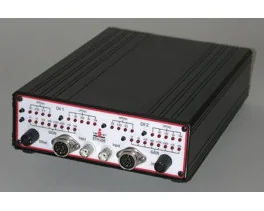
The ETH-256 is a 2 channels high performance, general-purpose life science research amplifier,...
Discover our products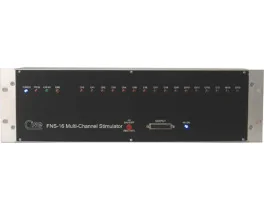
Full-featured multi-channel stimulator for neuromuscular stimulation
Discover our products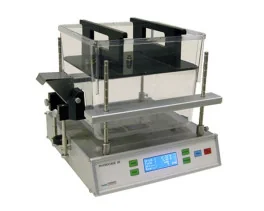
The OXYLET system - Physiocage is a modular system allowing the integration of respiratory...
Discover our products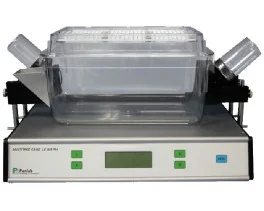
Innovative and appropriate equipment for measuring food/liquid consumption and correlated motor...
Discover our products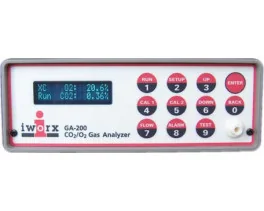
An economical, high performance Oxygen and Carbon Dioxide Analyzer with sampling rates fast...
Discover our productsBioseb launched the first Dynamic Weight Distribution (DWB) in collaboration with Sherbrooke University (Canada), in 2010, for studying inflammatory pain in rodents. Since then we continue to innovate with systems designed to evaluate spontaneous pain and postural alterations. By detecting subtle behavioral changes, our devices contribute to understanding musculoskeletal pain and nerve injury models. Read more >

Applications
Applications
There is 1 product.


The advanced version of our Dynamic Weight Bearing Test for rodents (rats and mice) allows for faster paw identification,...
Bioseb's instruments are trusted by researchers worldwide to study spontaneous pain and postural deficits, as demonstrated in numerous peer-reviewed studies. These tools are pivotal for advancing the understanding of chronic pain and motor impairments in preclinical models. Here are examples of key studies using our innovative solutions in pain research.
Bioseb’s specialized instrumentation enables researchers to quantify spontaneous pain behaviors and postural alterations in rodent models. These systems reveal subtle yet significant changes in animal posture, weight distribution, and mobility—key indicators of discomfort or pain resulting from musculoskeletal issues, nerve injuries, and chronic pain conditions.
By objectively measuring changes in weight bearing, force distribution, and spontaneous pain-related behaviors, these tools facilitate a comprehensive understanding of pain pathophysiology. Such insights are vital for developing and assessing new analgesics, rehabilitation strategies, and therapeutic interventions that target underlying pain mechanisms.
These devices are suited for evaluating pain arising from musculoskeletal disorders, nerve injury models, inflammatory conditions, and post-surgical pain. They provide critical insights into both acute and chronic forms of spontaneous pain and associated postural deficits.
Altered weight distribution and postural shifts often occur when an animal experiences pain. These subtle changes can serve as sensitive indicators of discomfort before more overt behaviors appear. By quantifying these changes objectively, researchers gain early, reliable data on the presence and severity of pain.
Our systems are designed with animal welfare in mind. For example, the Static Weight Bearing Touch test (Incapacitance Test) and Dynamic Weight Bearing setup reduce handling stress. Automated data acquisition and advanced image processing minimize human intervention, ensuring accurate and reproducible results while minimizing observer bias.
Yes. Results from weight-bearing and postural assessments can be exported in standard formats compatible with various data analysis software. Researchers can easily combine these measurements with other endpoints, such as imaging, electrophysiology, or biochemical assays, to form a more comprehensive understanding of pain mechanisms.
The Bioseb CIS Software standardizes data acquisition and analysis, reducing variability between sessions and operators. By capturing reflex responses and automating key calculations, CIS improves data consistency, helping researchers confidently draw conclusions from their experiments.
Technical support from Bioseb is available upon request, with services tailored to the specific needs of your equipment. This may include guidance for installation, training on hardware and software, or help with optimizing experimental protocols. For further details or to request assistance, please reach out through our contact form.
check_circle
check_circle